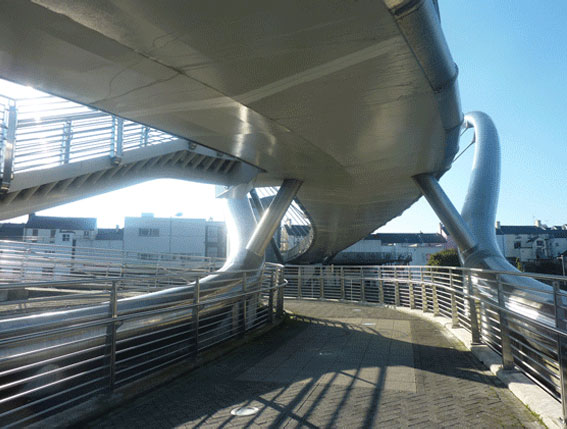Designers of tower cranes must consider many variables when translating the interaction between air flow and a structure into an integral force.
Synthesizing the variables makes the calculations more precise and easier to perform, without compromising safety margins.
Industry regulations must also be followed in creating appropriate predictive models for evaluating the effect of airflow on these cranes. The reference standard for calculating the wind loads acting on a tower crane are conceptually simple and easy to implement and include many rules and parameters that can help designers to evaluate the shielding effects of components’ shapes. However, engineers must typically be guided by their intuition and experience to understand how much one element is shielded by another and how intensely they are affected by the air flow.
This article proposes the use of computational fluid dynamics (CFD) to address these complexities.
Terex is a registered trademark of Terex Corporation in the United States of America and many other countries
Read the articleCASE STUDY
Read the fascinating articles on the vast subject of structural engineering, beginning with a philosophical bent and arguing for the necessity of a skillful and artful intertwining of Engineering, Numerical Simulation, Art and Technology to achieve structures that are both eminently functional yet attractive and appealing.
civil-engineering

CASE STUDY
The footbridge is supported by two cable-stayed, stainless steel arches lying on inclined planes, supporting a steel deck with concrete infill.
civil-engineering ansys construction straus7